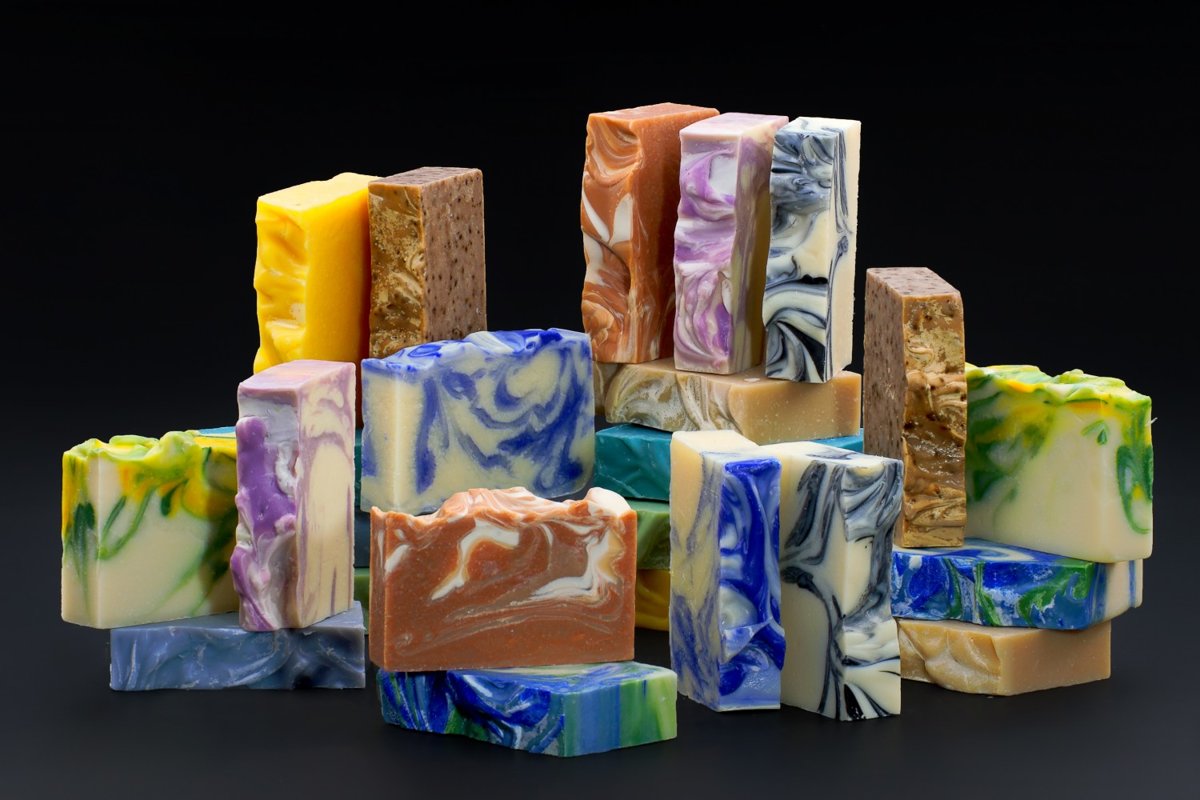Speed Up or Decrease Trace in Homemade Soaps
November 14, 2018 at 1:12 am,
No comments

" Trace" is one of those words that soap manufacturers throw around that implies something somewhat different to each individual. Trace is primarily the point at which the soap has enlarged and mixed enough to have created a secure solution. It's a "point of no return" where the oils as well as lye are no longer at any kind of danger of separation. It is also necessary to keep your soap making tools tidy.
Past that "climax" there are a lot of variables.
There are soap manufacturers that pour at "really light trace" which might just take a couple of short blasts of the stick mixer to achieve. The soap will still be watery as well as won't have the ability to sustain the telltale traditional "dribble" of soap on top of the mix, yet it will certainly still be well mixed enough to not divide. On the various other end of the spectrum, there are soap makers who choose to put (or scoop) at "hefty trace" which is thick and also pudding-like.
Both blends are fine, as well as both might have been stated to have actually reached trace.
Yet what about the time it takes to get to trace? Despite whether you pour at light or hefty trace, sometimes it takes a while to get there, and also occasionally it happens quite rapidly. What causes this?
Elements Impacting Soap's Trace Time
Kevin Dunn, in his wonderful publication Scientific Soapmaking, claims that the quantity of mixing straight is the main factor of the time it takes soap to get to trace. That's why using a stick blender or food processor is so much quicker than simply mixing with a spoon. However over as well as beyond blending, he claims, there are three factors that can influence the moment it takes for soap to get to trace: water content, temperature, and drivers.
Just how much water you make use of in the recipe affects trace. More water means a slower trace. If you have a dish that asks for four ounces of lye as well as you make use of eight ounces of water, all various other points remaining equal, it is going to obtain to trace quicker than if you used 10 or 12 ounces. If you have a dish that is getting to trace also quickly, you can add more water to it to reduce things down.
The greater the temperature, the quicker your soap will reach trace. Even the distinction of just 10 degrees, soaping at 100 degrees F rather than 90 levels F can make a distinction. If you have a recipe that's relocating as well promptly, drop your soap making temperature levels. Aside from the oils beginning to solidify, you really aren't going to run any type of danger of the lye and also oils obtaining "as well cool." You can make whipped soap with space temperature level and even cooled oils as well as lye.
Stimulants are one of the most significant variables in the trace. Most soap makers have actually experienced a take, when you're making soap from the ground up and it goes from liquid to a thick mess in simply a few seconds. We're not rather speaking about seizing, however. There are other ingredients that quicken trace, equally as reducing your water, or boosting your temperature would certainly. Some oils are slower or quicker to map than others. Yet not as long as some particular soap dish ingredients.
Active ingredients to Quicken Trace Time
A few of the active ingredients that can speed up (accelerate) trace include seasoning important oils especially clove, scent oils containing clove oil or clove oil components, some floral fragrance oils, and also honey, beer, and also other sugar-containing fluids
Any kind of one aspect the water, the temperature, the components can influence the speed of the trace. So each recipe is mosting likely to be simply a bit different.
Whether you pour your soap at light trace or hefty trace, it's still mosting likely to make soap. As long as you get to that climax where the oils and also lye won't separate, you're great. But if you're utilizing elaborate mold and mildews, or specifically if you're trying to produce swirls of shade in your soaps, you possibly desire your soap to get to trace as gradually as possible.